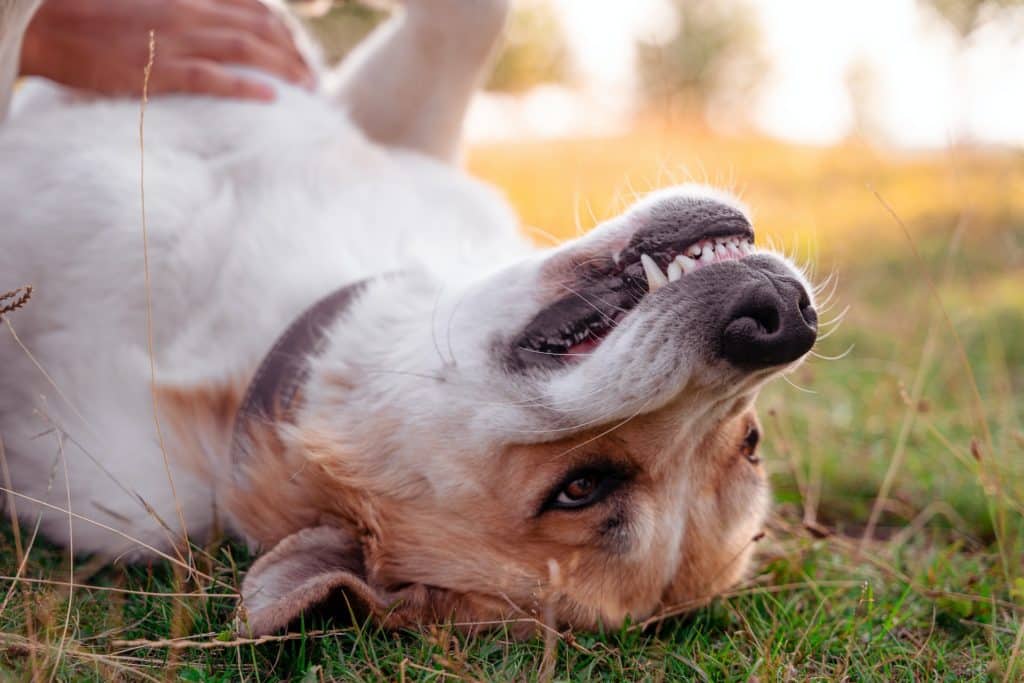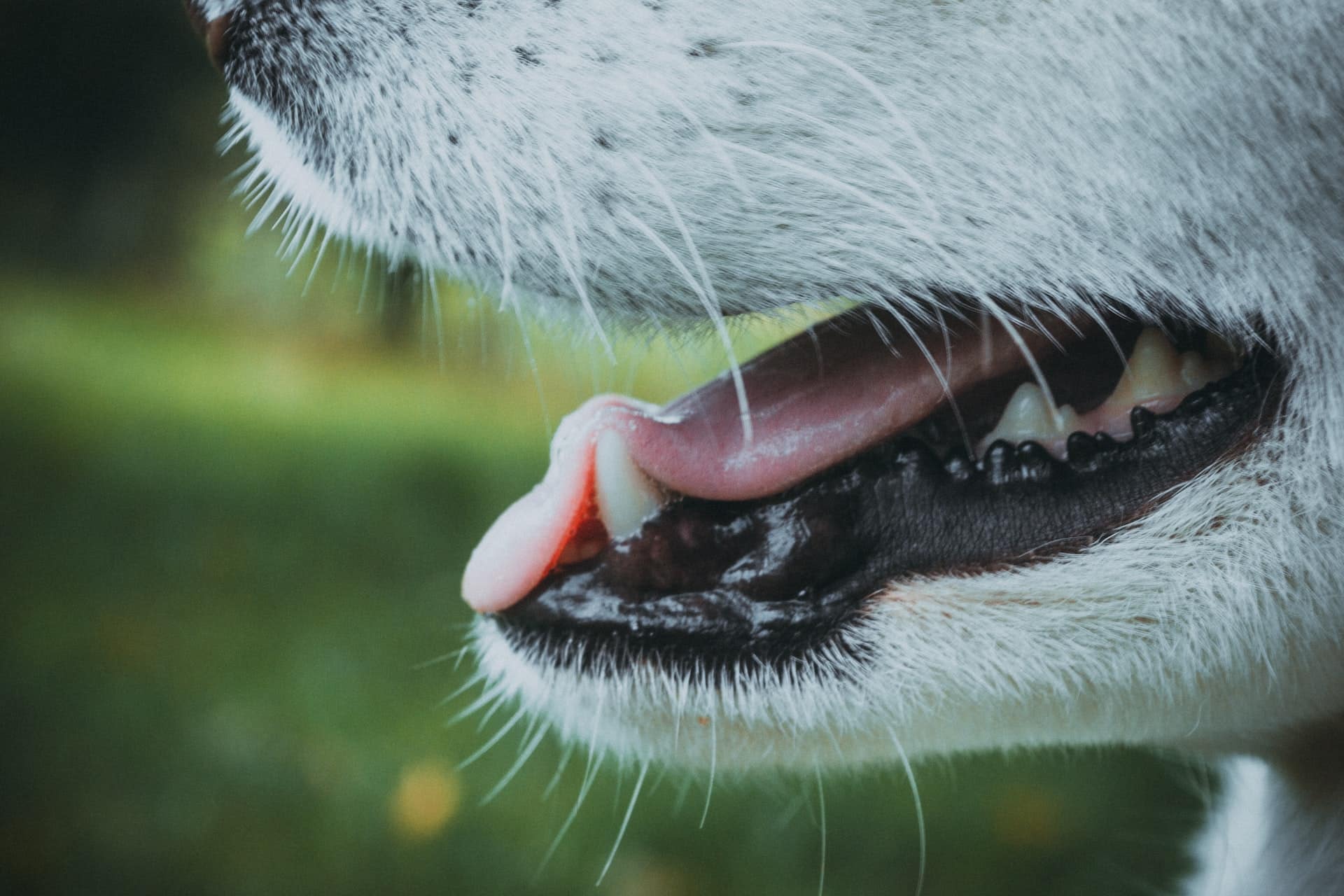An essential part of grooming and taking care of your dog is brushing their teeth. Without healthy teeth, your dog can develop many health problems that may cause discomfort and can lead to larger issues later down the line. In this blog, we cover everything you need to know about dog toothbrushing and properly maintaining your dog’s teeth.
So does dog grooming include teeth brushing? Yes, dog toothbrushing is an essential part of a grooming routine that helps to prevent serious health problems and pain. Slowly introducing it while offering lots of praise and treats is the ideal way to help your dog feel comfortable.
Read on to find out how you can take care of your dog’s teeth at home as part of your grooming routine.
How Should You Include Toothbrushing into Dog Grooming?
Slowly introducing dog toothbrushing into a daily routine requires some patience as dogs are likely to be uncomfortable at first. Once you have established trust between you and your dog to complete the cleaning, toothbrushing should ideally be completed at least twice daily. Here are a few simple steps we recommend for introducing dog toothbrushing:
Touch
Start by finding a comfortable, quiet place to begin the process of making your dog comfortable with you touching its mouth. Gently open its mouth and slowly rub your thumbs along the teeth, desensitising your dog to the feeling. If possible, include another familiar person that can comfort the dog while you are getting used to the process. Talking calmly and softly petting the dog can be a great source of comfort while dealing with the uncomfortable.
In The Pet Retreat store, we stock Tooth and Gum Wipes which are a great alternative to brushing your dog’s teeth, at least while they are getting used to the process.
Toothpaste
After a few weeks of desensitising your dog to touching its teeth every day, you can introduce toothpaste by allowing your dog to lick it off your finger. Once your pet is comfortable licking it off your finger, move on to rubbing the toothpaste directly onto their teeth. You should only use toothpaste made specially for dogs as no human toothpaste is fit for consumption by dogs. Some human toothpastes even contain xylitol which is toxic for dogs.
Toothbrush
Starting with a finger brush, apply toothpaste and allow your dog to lick it off before gently brushing your dog’s teeth. This will familiarise your dog with the feeling of a brush on their teeth combined with the familiar taste of the toothpaste. To begin with, only brush the front teeth before moving further back as your dog becomes more comfortable.
Praise
An additional tip to remember throughout the whole process is to use lots of treats and praise throughout to keep your dog comfortable and encourage your dog to behave well. Eventually you should be able to brush your dog’s teeth twice a day. We have the highest quality natural treats available in The Pet Retreat shop available for purchase. If you need any more advice on the process, contact The Pet Retreat and our expert groomers can help you along the way.

Why is Dog Toothbrushing so Important?
Like us, dogs can develop problems with their teeth health including plaque buildup, gum disease and tooth loss. Including dog toothbrushing as part of your daily routine can minimise the risk of these issues, helping your dog to stay happy and healthy. Dog toothbrushing can be included as part of your regular professional grooming appointments, but you must also combine this with daily home tooth brushing.
Not only will regular brushing help to avoid health problems, you and your dog will benefit from better smelling breath. If your dog does develop a problem with their mouth, it will result in expensive vet bills, so brushing now can help to prevent this in the future.
Dog Toothbrushing and Grooming at The Pet Retreat
At The Pet Retreat, we make sure your dog stays comfortable and happy while we pamper them. We can include dog toothbrushing as part of your appointment for an additional charge. Book your initial appointment now for a complimentary consultation where we will get to know your dog’s needs.

